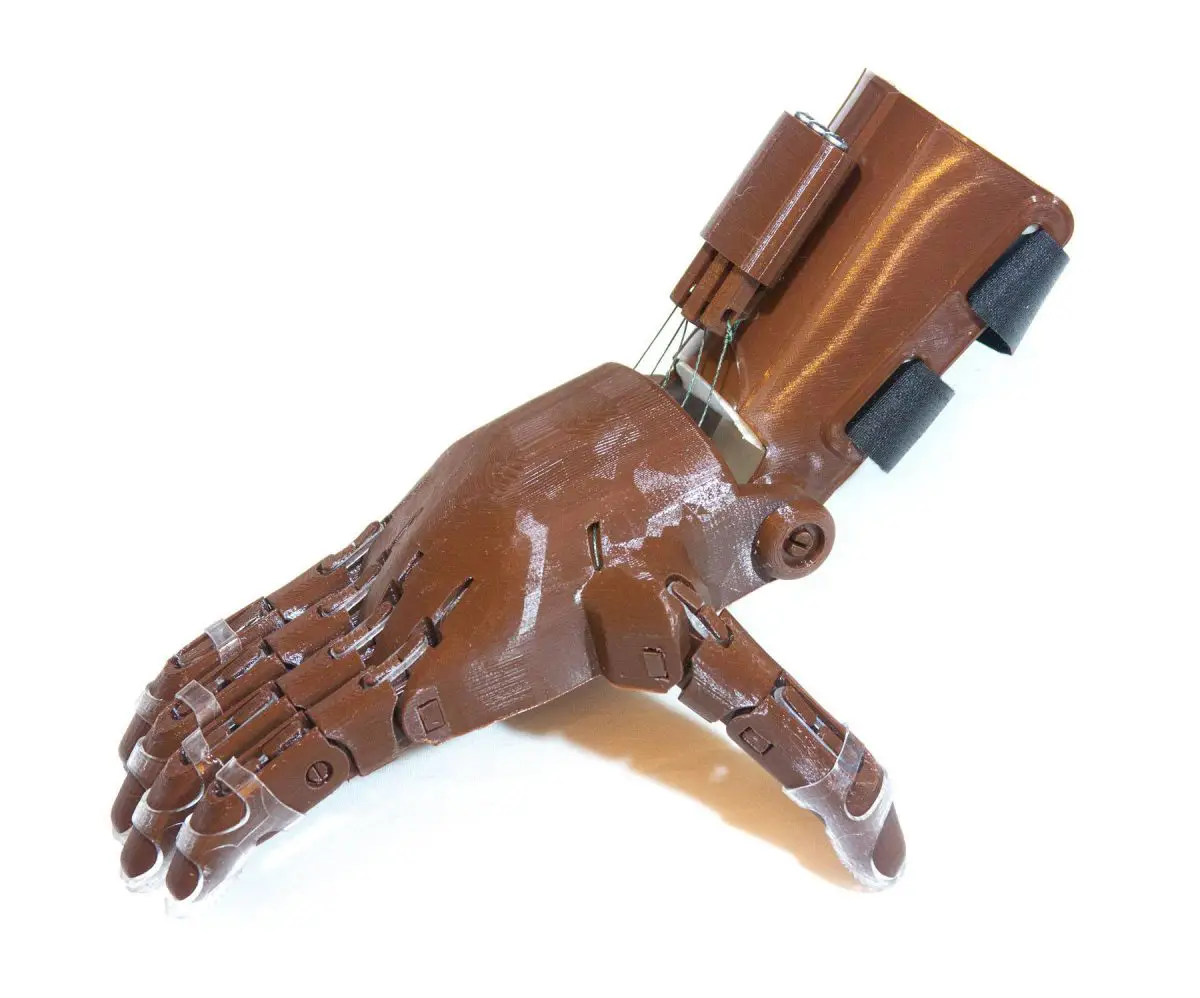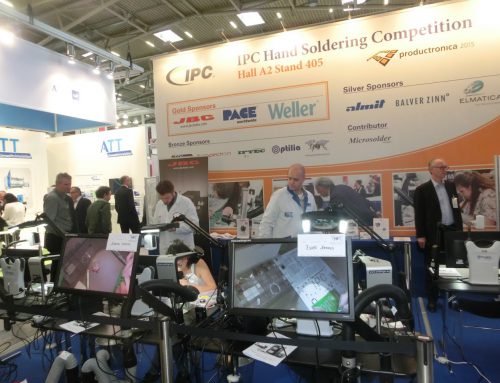All over the world, there are about 30 million people who have to go without various limbs as a result of a war, violence, accidents, etc. Only a small number of those people is fortunate enough to get a prosthetic limb, namely 6 million people. 3D printing could make a great difference here, as it would also allow the underprivileged to get a prosthetic limb.
Current prices of prostheses are still rather high, some even costing as much as €60,000.
The developments in the field of 3D printing, however, are very promising, meaning that in the near future those same limbs could be printed rather than manufactured for just a few hundred euros. This makes such a health care option accessible to those who are less well-off and those living in countries with underdeveloped health care.
The e-NABLE project is the place where thousands of experts in the field of 3D printing share construction plans for prostheses. This makes it easier to make calculations and compositions for 3D limbs.
At Manchester University too students are making construction plans for 3D prints under the supervision of their professors, in this case for a robot hand. This hand is meant to be able to type, hold a cup of coffee, make a phone call, etc. The recommended selling price would be no more than €350. Creativity triggered among the students should lead to such an astonishingly low price for this application.
That, however, is not the end of 3D printing in health care. There is more. In 2019 biotech company BIOLIFE4D hopes to be able to print a human heart. If this should really happen, the possibilities are virtually unlimited, and nearly all organs can be created with a printer.
What is important now is that the first step is made and that the underprivileged too can get a chance of having an affordable prosthetic limb fitted. Cooperation between industry and science (students) is crucial in this phase. Industry will naturally focus on costs and return on investment, whereas students will be more focused on looking for creative solutions. When both go hand in hand, 3D printing in health care has a golden future.
As soon as there are new developments in this field, we will certainly report on them.










